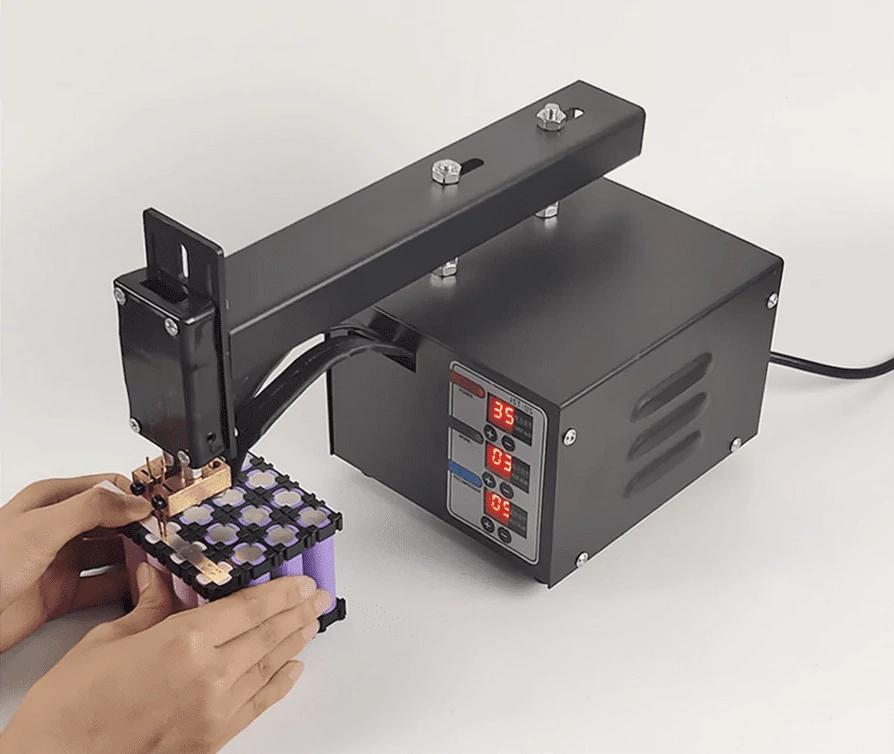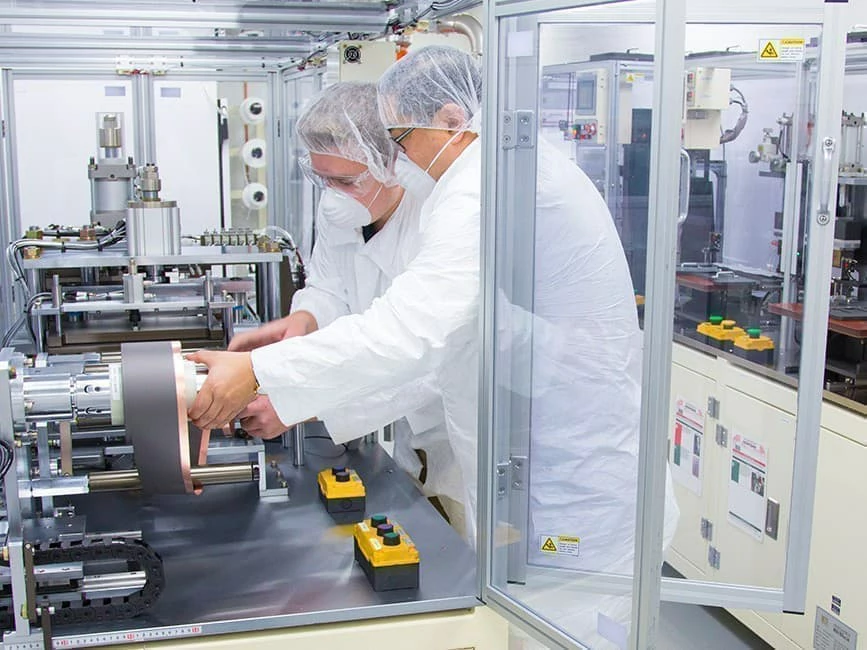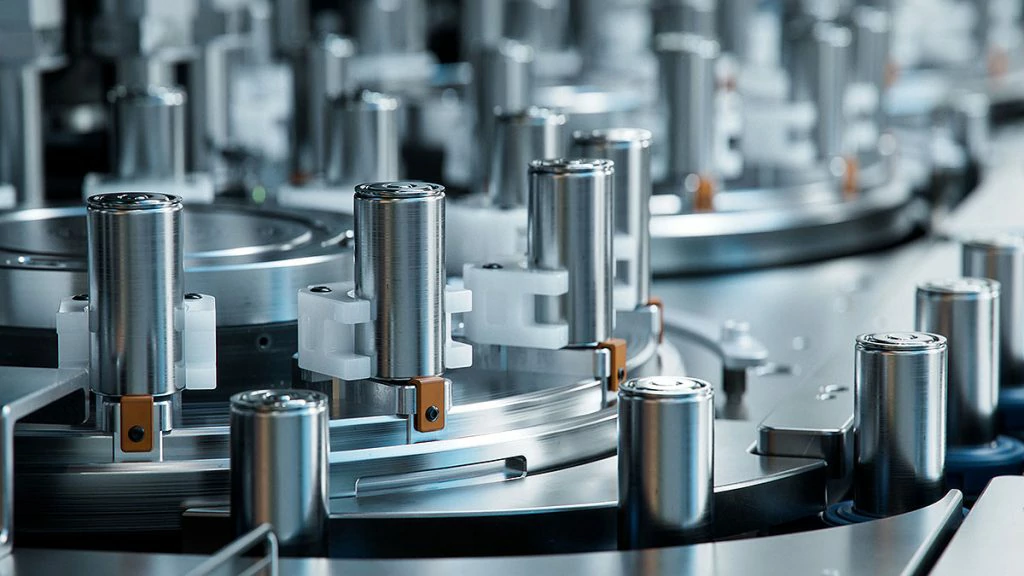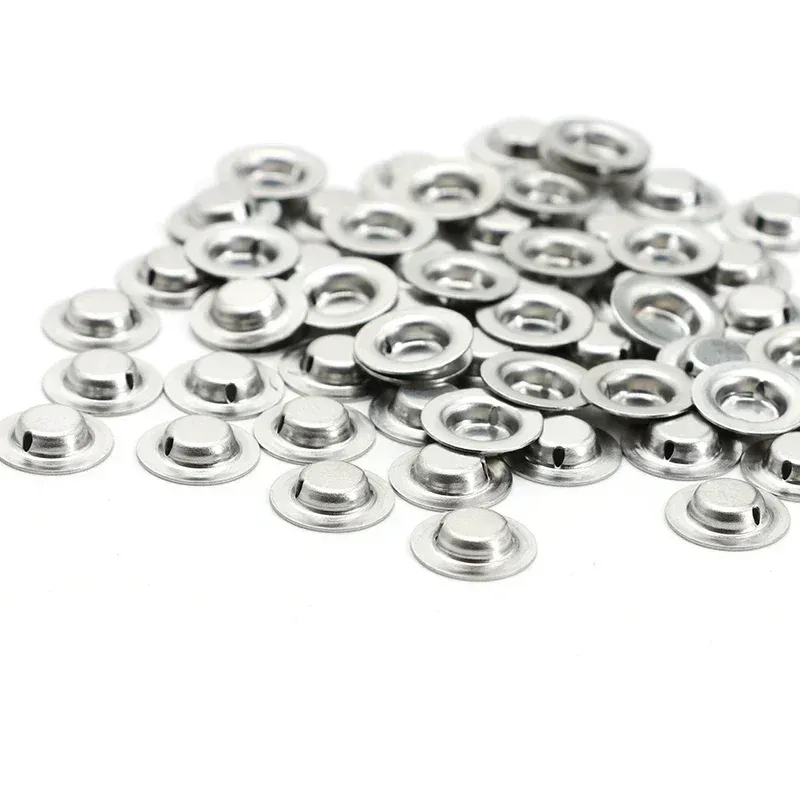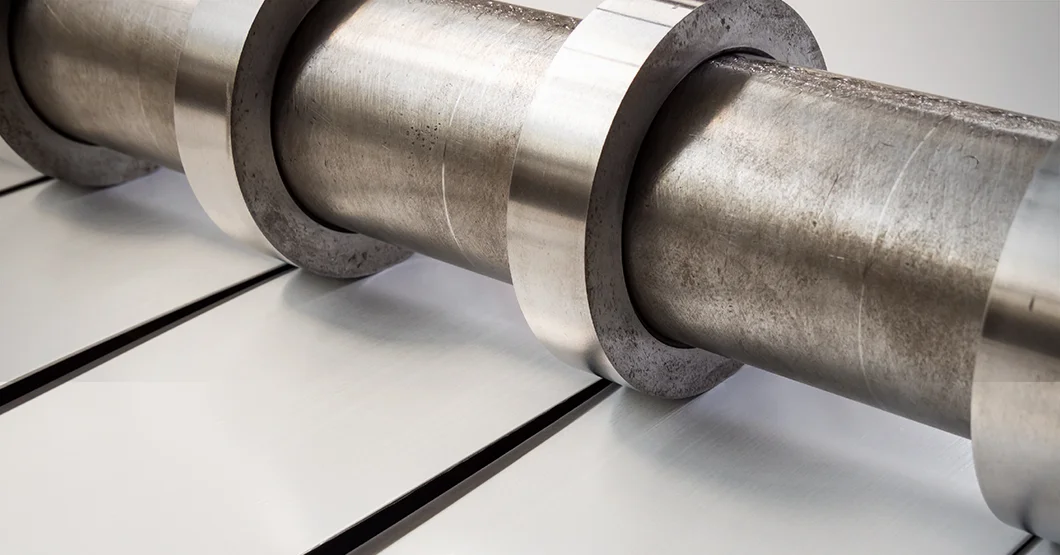Cathode Solvent and Additive Optimization
main content
Cathode slurry process optimization is essential for achieving uniform electrode coatings, minimizing solvent consumption, and ensuring consistent battery performance. By finetuning parameters like solid content, shear force, and mixing conditions, manufacturers can address challenges such as bubble formation and particle agglomeration. This guide explores practical strategies to optimize wet and semidry processes while maintaining cost efficiency.
Solid Content Control: Maximizing Efficiency Without Compromising Quality
Wetprocess cathode slurries typically operate at 50–60% solid content, requiring precise solvent management to balance viscosity and stability. In contrast, semidry methods achieve over 70% solid content, significantly reducing NMP or water usage but demanding advanced equipment:
Critical Implementation Steps:
1. Shear Force Adjustment:
Use highspeed dispersers (1,500–3,000 rpm) to break agglomerates in highsolid slurries.
Monitor torque values to prevent overloading mixers (keep below 80% capacity).
2. Binder Activation:
Predissolve PVDF in NMP at 60°C before adding active materials.
Maintain a 2:1 solventtobinder ratio for optimal adhesion.
3. RealTime Viscosity Control:
Implement inline viscometers to maintain 3,000–6,000 cP range.
Adjust shear rates dynamically based on solid content fluctuations.
Temperature & Vacuum Management: Eliminating Bubbles, Enhancing Density
Uncontrolled heat and trapped air during kneading create microvoids, reducing electrode conductivity by up to 15%. Optimize these parameters to ensure defectfree coatings:
Temperature Protocols:
Mixing Phase: Maintain 40–45°C to prevent binder degradation (PVDF breaks down above 50°C).
Vacuum Stage: Apply 80 kPa vacuum pressure during kneading to remove 95%+ entrapped air.
Cooling Strategy: Use jacketed mixers to rapidly cool slurry to 25°C postkneading.
Vacuum Optimization Tactics:
1. Stepwise Pressure Reduction:
Initial deaeration at 50 kPa for 10 minutes.
Final vacuum at 80 kPa for 15–20 minutes.
2. Bubble Detection:
Deploy ultrasonic sensors to identify residual bubbles (>0.5 mm diameter).
3. Consistency Checks:
Measure slurry density variations (target <1% deviation).
SemiDry Process Advancements: Cutting Solvent Use by 40%
Emerging semidry technologies combine solvent reduction with improved energy efficiency:
Key Innovations:
1. TwinScrew Extruders:
Achieve 72–75% solid content with 30% lower energy input vs. traditional mixers.
2. Dry Binder Integration:
PTFE fibrillization under high shear (8,000–10,000 rpm) replaces solventbased binders.
3. Moisture Control Systems:
Maintain <500 ppm humidity to prevent lithium salt hydrolysis.
Quality Validation: Metrics for Optimized Slurries
Evaluate process success through these performance indicators:
Coating Uniformity: <2% thickness variation across 10 cm² areas.
Drying Efficiency: Achieve 95% solvent recovery in NMPbased systems.
Electrode Density: Target 3.2–3.5 g/cm³ for LFP cathodes.
Conclusion: Streamlining Production for NextGen Batteries
Optimizing cathode slurry processes enables manufacturers to reduce solvent consumption by 35–40%, lower drying energy costs by 25%, and achieve defect rates below 1.5%. By implementing controlled vacuum protocols, realtime viscosity monitoring, and semidry mixing technologies, facilities can scale production while meeting stringent sustainability standards. As solidstate battery adoption grows, these parameter optimization strategies will prove critical for maintaining competitiveness.
RELATED BLOG

START-STOP LITHIUM battery
Enov start-stop battery is designed to provide excellent performance for high-demand start-stop vaehicles. It adopts the third-generation intelligent lithium platform architecture to achieve technological breakthroughs in core indicators such as cycle life, environmental adaptability and energy density. Compared with the traditional lead-acid battery system, the energy efficiency is increased by 210%, the cycle life is extended by 8-10 times, and the monthly self-discharge rate is controlled within 3%. Enov's unique low-temperature battery technology makes a breakthrough in achieving stable output in the whole climate domain from -30℃ to 65℃, maintaining more than 90% of the effective capacity release under extremely cold conditions (-30℃), and maintaining 90% of the capacity in high temperature environments (65℃).
The start-stop battery series products cover the mainstream voltage platform of 12V/24V/48V, and support flexible configuration of LFP (lithium iron phosphate) and NCM (lithium nickel cobalt manganese oxide) dual-material system. All models adopt modular design to support customization of different model specifications. Enuo engineering and technical team to provide full cycle technical service support, if you need, please contact us.
Other products
UAV BATTERY
LITHIUM ENERGY STORAGE BATTERY
QUICK INQUIRY
FAQ
Access to high frequency technical questions with one click, get accurate answers on product application, after-sales policy and customization process.
Service and Support
Get the latest product specifications, explore professional OEM/ODM customization services, click to open exclusive technical support and production solutions.
Become a Partner
We sincerely invite resources to interconnect, work together for win-win development, and immediately open a new chapter of strategic cooperation!
